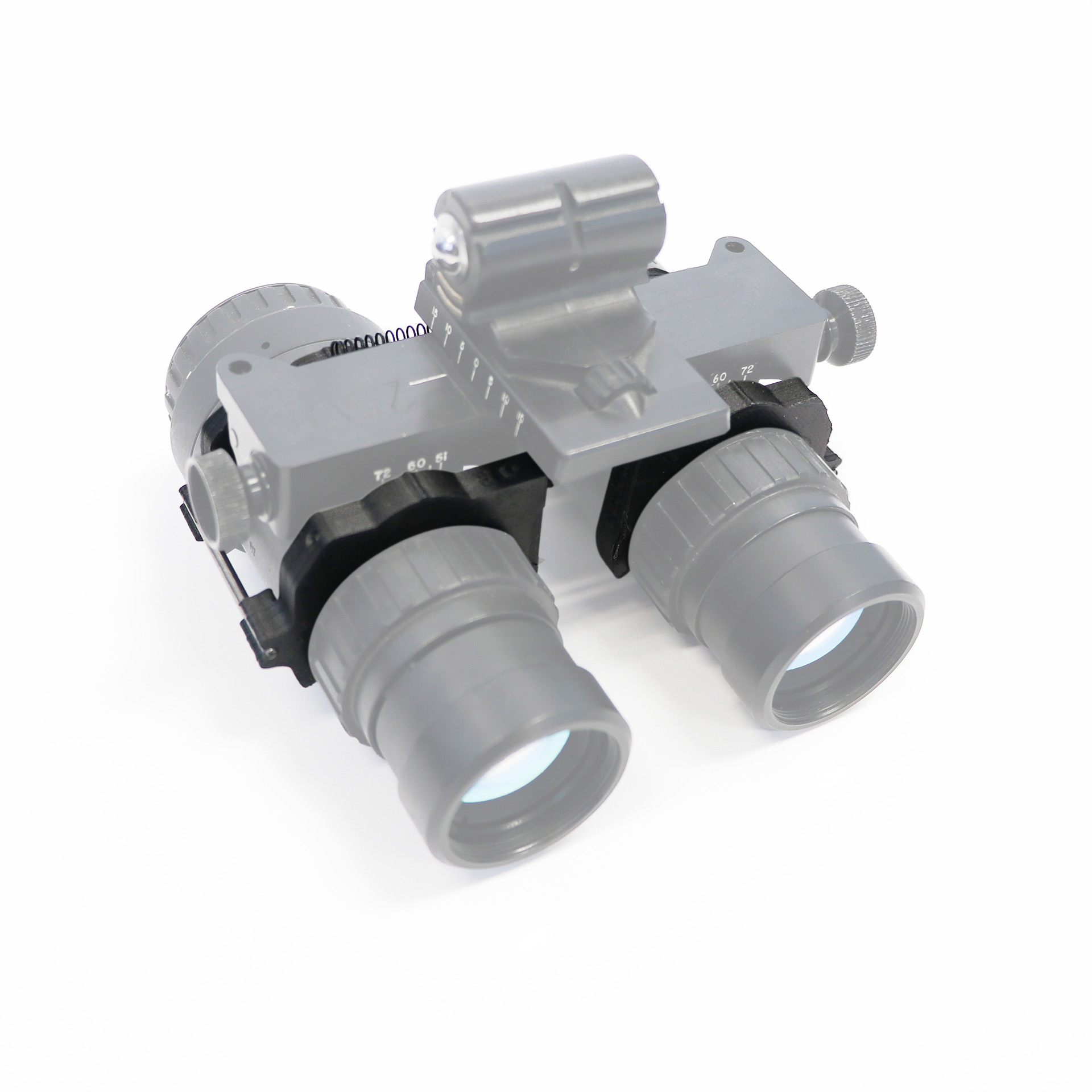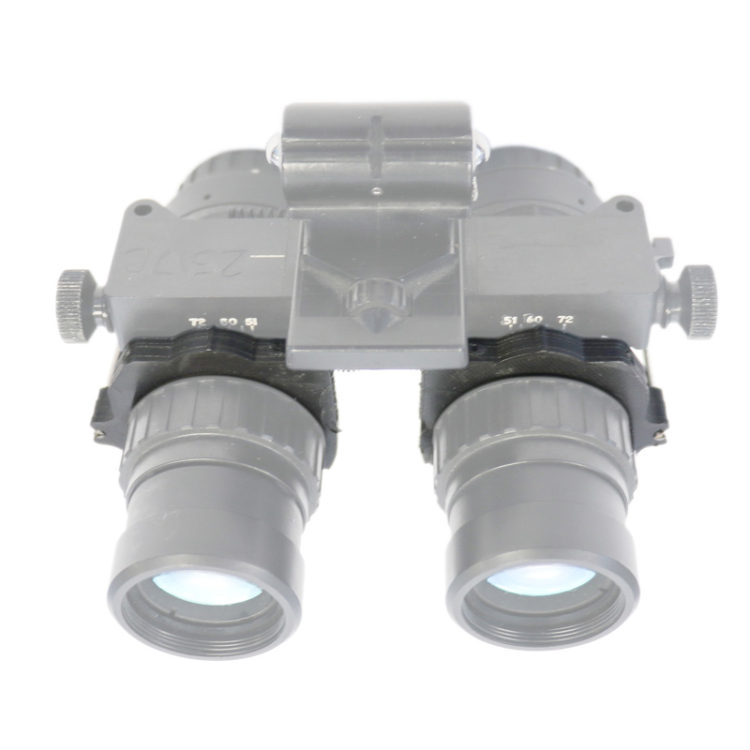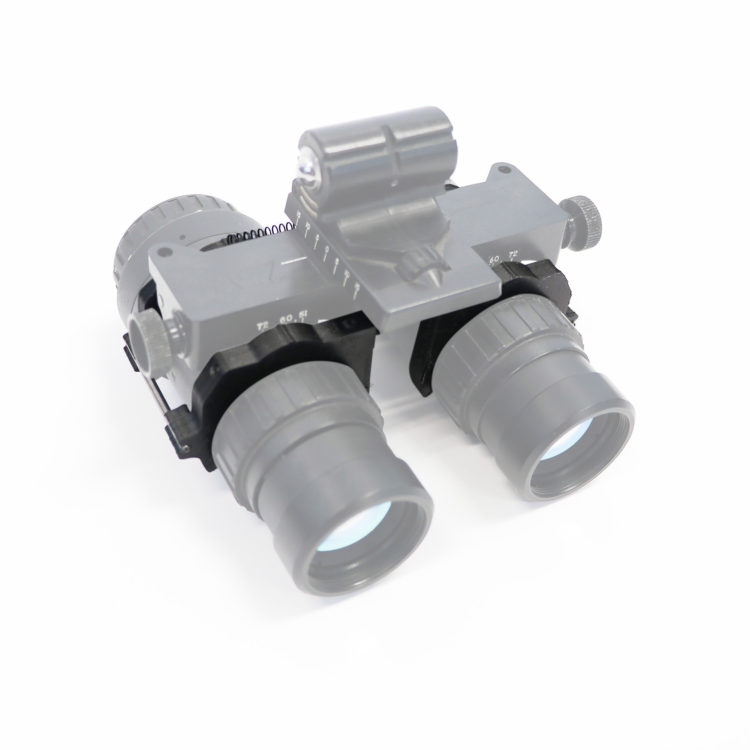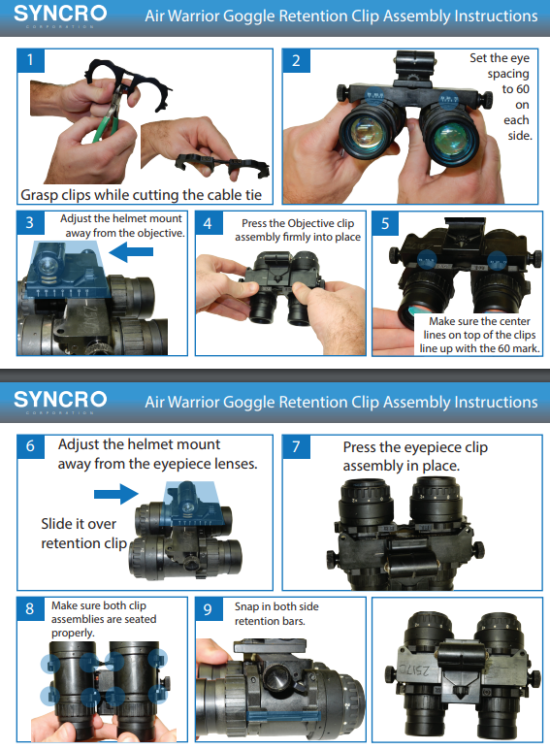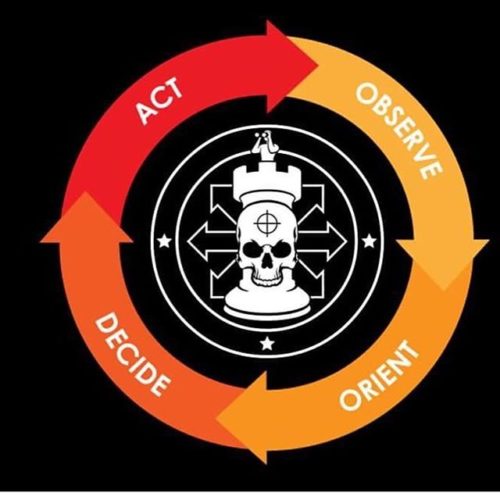Movie watchers familiar with science fiction films are likely aware of the Predator movies where the big, alien creature uses his helmet technology to view his prey and track movements.
Night degrades vision and those without the benefit of good illumination are best to avoid movement. Maneuvering under the cover of darkness is risky, so those equipped with the best technology—whether it be helmets, weapons sights, or night vision goggles (NVGs)—and a good strategy will be most effective.
Modern forces no longer have to rely so heavily on fire, moonlight, or flashlights in order to operate around the clock because scientists continue to innovate.
In 1929, Hungarian physicist Kálmán Tihanyi invented the infrared-sensitive (night vision) electronic television camera for anti-aircraft defense in the UK. Germany introduced their own technology in 1939 and put it to use during World War II.
Night vision technologies used to be were bulky and cumbersome. They quickly evolved, exponentially increasing the capabilities of warfighters, law enforcement professionals, and even hunters.
Night vision users can observe criminals, build bridges, perform search/rescue operations, and move machinery and men from sunset to sunrise.
No matter how well the technology works, its usefulness will depend on the user. Purchasers, program managers, and trainers all have roles to play so the end user can use night vision safely, legally, and with confidence. However, users should invest time to understand the entire system.
Dialogue between developers and end users ensures tech remains cutting edge—yet functional. Technology fixes don’t always require decades of Research and Development to correct critical operational deficiencies. Enter the Stabilizing Retention System for the AN/AVS-6 Night Vision Goggles, developed by ADS, Inc. with partner Syncro.
ADS recently published a case study on work they did to stabilize Color Night Display Modules for Army Aviators. One of the issues Army rotary wing pilots flying with AN/AVS-6 night vision goggles (NVG) and Color Night Display Modules (CNDM) was excessive vibration during flight. Aircrews discontinued use of the CNDM altogether because the vibration created blurring of the CNDM displays, as viewed through the NVGs.
The ADS/Syncro NVG Stabilizers system reduced vibration during flight, and the simple, non-reflective, retention collars allow the NVG the full-range of movement and adjustment while simultaneously maximizing stiffness and stabilizes the CNDM.
The collars are as user friendly as they are easy to install and weigh only 20 grams. The U.S. Army is already testing AN/AVS-6 NVGs and CNDMs outfitted with ADS/Syncro NVG Stabilizers in operational rotary wing aviation squadrons.
Full rate production and delivery of NVG Stabilizers in the coming months is expected based on test results. Stay tuned to hear word on this lightweight device that corrects critical tech our users need.
*The views and opinions expressed on this website are solely those of the original authors and contributors. These views and opinions do not necessarily represent those of Spotter Up Magazine, the administrative staff, and/or any/all contributors to this site.
Brought to you by the dudes at Spotter Up
.

